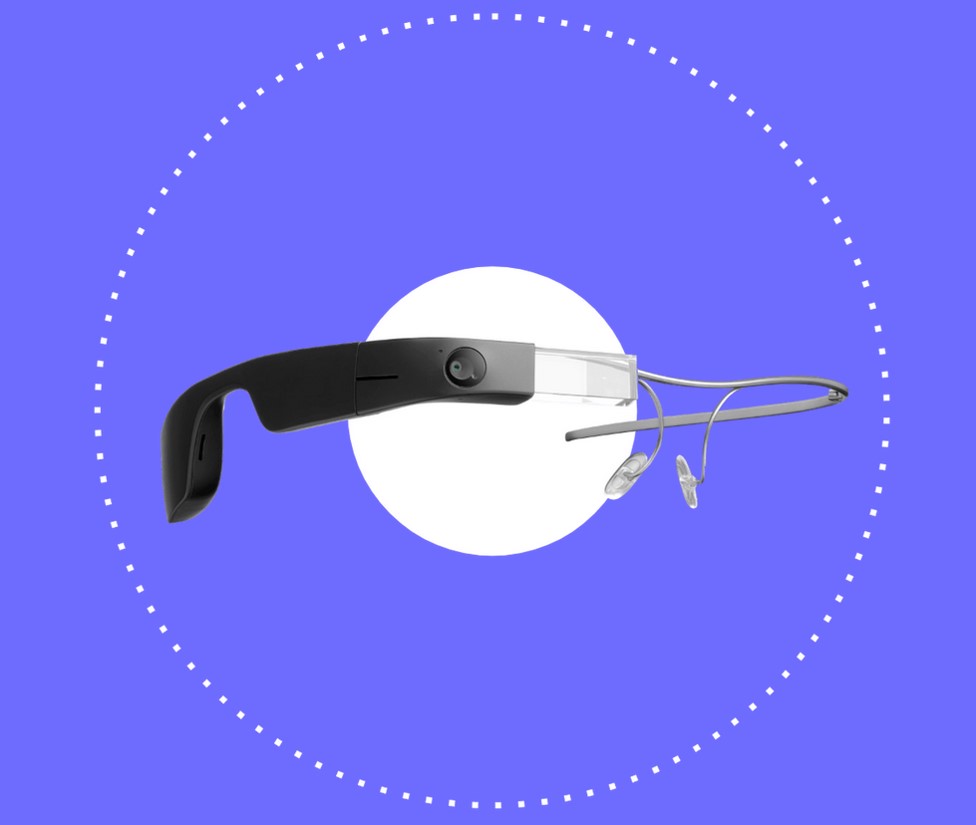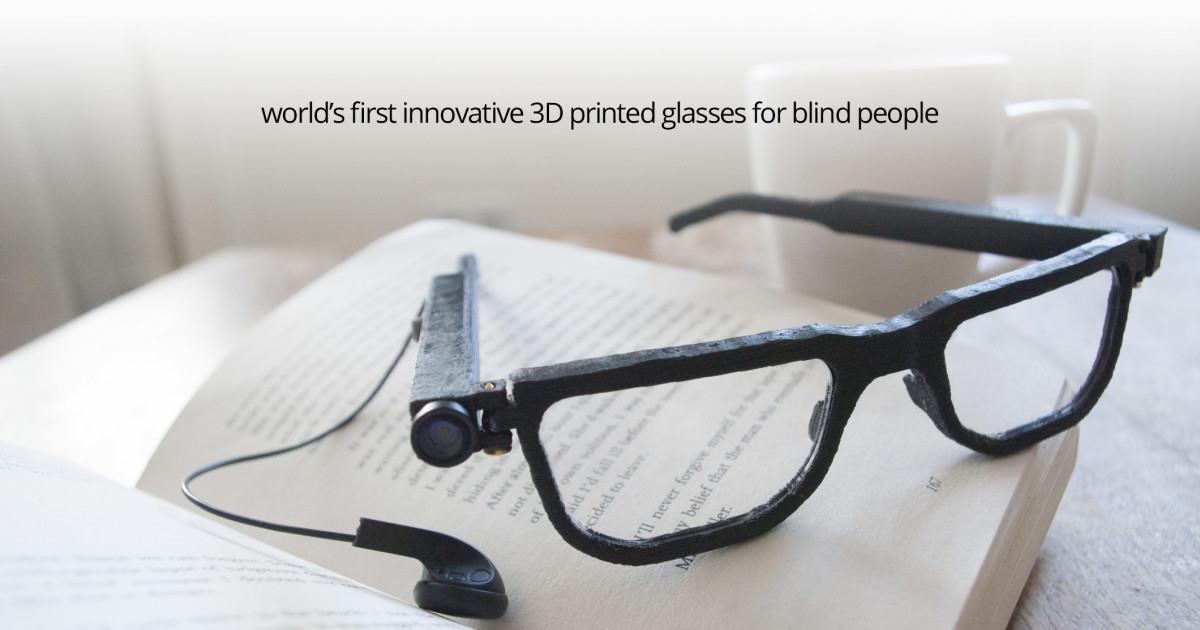Enhancing Ease Of Access Through Assistive Technology for the Blind
The assimilation of assistive technology for the blind stands for a pivotal innovation in availability, essentially changing how individuals browse their atmospheres and engage with society. From display viewers to innovative smart walking sticks, these devices not only boost freedom however also advertise inclusivity in various balls of life. As we discover the diverse kinds of assistive tools and their concrete impacts on day-to-day living, it comes to be vital to check out exactly how continuous technological developments are improving the landscape of support for the blind area. What implications do these growths hold for the future of accessibility?
Review of Assistive Innovation
Assistive modern technology describes a variety of devices and software program made to improve the abilities of people with disabilities, including those that are blind or aesthetically damaged. This modern technology plays a vital role in promoting self-reliance and improving the lifestyle for individuals. By providing different techniques for accessing information and doing daily jobs, assistive innovation equips individuals to browse their atmospheres better.
The development and execution of assistive technology accept a range of concepts targeted at fostering accessibility. These concepts consist of user-centered style, which focuses on the demands and choices of the person, and the combination of technology right into day-to-day tasks. Such developments make certain that assistive tools are not only functional but also intuitive and easy to utilize.
In addition, assistive technology encompasses a diverse spectrum of services, from low-tech alternatives like magnifiers to modern technologies such as screen viewers and Braille screens. The continuous evolution of this field is driven by the requirement to address the distinct challenges faced by individuals with aesthetic disabilities (Wearable technology for low vision). As modern technology remains to advancement, the capacity for enhancing availability and advertising inclusivity remains encouraging, ultimately contributing to a much more equitable culture

Sorts Of Assistive Gadgets
Numerous sorts of assistive tools are readily available to support individuals who are aesthetically impaired or blind, each developed to deal with particular demands and difficulties. These devices can be broadly categorized right into three main types: low-tech, mid-tech, and high-tech services.
Low-tech devices consist of items such as magnifiers, Braille labels, and tactile maps. These are relatively easy tools that improve the user's capacity to communicate with their setting without requiring intricate innovation.
Mid-tech tools often involve more sophisticated attributes, such as digital magnifiers and mobile Braille note-takers. These devices can supply functionalities like speech output, permitting customers to accessibility information extra efficiently.

Effect On Daily Living
The schedule of numerous assistive tools dramatically boosts the lifestyle for individuals that are blind or visually impaired, influencing their daily living in profound means. By integrating innovations such as screen readers, Braille displays, and audio summary solutions right into their routines, customers obtain higher freedom and independence. These devices promote access to details, allowing people to carry out daily jobs, such as reviewing emails, browsing public rooms, and appreciating media web content.
Furthermore, assistive tools empower individuals to involve even more completely in social communications and neighborhood tasks. The ability to utilize smart devices outfitted with availability functions enables seamless communication and connection with others. This connectivity fosters a feeling of belonging and decreases feelings of isolation.
In expert setups, assistive innovation sustains productivity by permitting individuals to complete work jobs effectively. Devices like voice recognition software and specialized magnification devices enable users to take part in the labor force on equivalent ground with their sighted peers.

Developments in Innovation
Recent technological innovations have actually significantly transformed the landscape of tools offered for individuals that are visually damaged or blind. The integration of expert system (AI) Your Domain Name and artificial intelligence has actually triggered applications that boost navigation and things recognition. Smartphone applications can now make use of AI to identify and explain surroundings in real-time, offering customers with useful contextual information.
In addition, developments in haptic modern technology have actually caused the growth of wise canes equipped with sensing units that discover obstacles and supply tactile feedback. This encourages users to navigate their atmosphere with increased self-confidence and self-reliance. Innovations in text-to-speech software application and braille screens have actually improved the availability of electronic material, allowing for seamless interaction with different media.
Wearable innovations, such as wise glasses, are likewise making strides in assisting aesthetic disability. As innovation continues to advance, the possibility for even more transformative tools continues to be on the perspective.
Future Trends and Innovations
As technology rapidly proceeds, the future of assistive devices for people who are blind holds tremendous pledge. Advancements in expert system (AI) and artificial intelligence are poised to transform the means blind users engage with their atmospheres. For example, AI-driven applications are being developed to enhance object acknowledgment, allowing individuals to recognize and browse their environments with greater convenience and accuracy.
Moreover, innovations why not try here in haptic feedback innovation are allowing the production of responsive maps and navigating aids that offer real-time details with touch. These advancements not only boost mobility but additionally foster independence. Additionally, wearable devices geared up with augmented reality (AR) attributes are arising, providing users visual details with sound summaries, consequently connecting the space in between the physical and digital globes.
Furthermore, the assimilation of smart home technology presents brand-new possibilities for availability, allowing people to regulate their living environments through voice commands or smartphone applications. As partnership between tech developers and the blind neighborhood continues, the emphasis on user-centered layout will certainly ensure that future innovations are customized to satisfy the unique demands of this populace (Wearable technology for low vision). The trajectory of assistive modern technology assures a more empowering and comprehensive future for individuals who are blind
Verdict
In final thought, assistive innovation plays a critical duty in improving access for individuals with aesthetic problems. Continuous advancements in technology and user-centered style guarantee that these devices provide properly to the distinct needs of the blind community.
The integration of assistive innovation for the blind stands for an essential advancement in availability, essentially modifying just how people browse their environments and involve with culture.Assistive technology refers to a variety of gadgets and software application developed to boost the capabilities of people with handicaps, consisting of those who are aesthetically impaired or blind. Wearable technology for low vision.As innovation swiftly proceeds, the future of assistive devices for individuals who are blind holds tremendous assurance. The trajectory of assistive modern technology assures a much more empowering and inclusive future for individuals who are blind
In verdict, assistive technology plays a vital function in improving accessibility for people with aesthetic impairments.